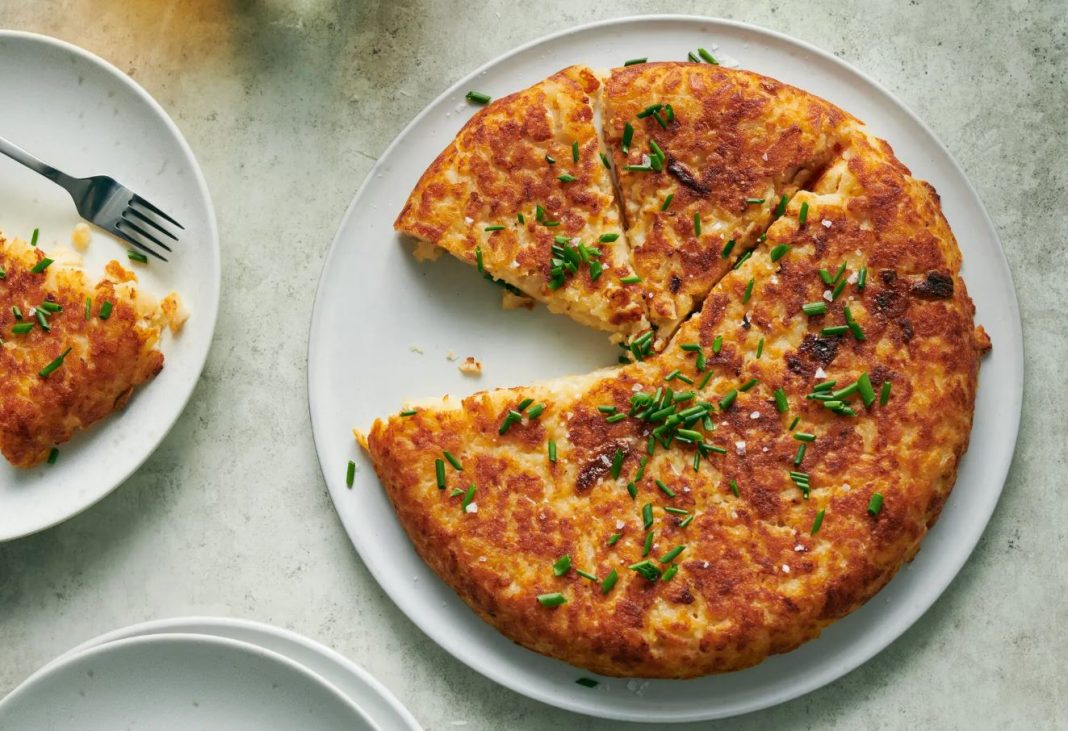Each year at Thanksgiving, I try to convince my family that we don’t need stuffing since mashed potatoes are a required side dish. If you have potatoes, you don’t need stuffing, in my opinion. Of course, I always end up producing stuffing, but my original point still applies. Carbohydrates are a tough nut to crack around the holidays, when space in the stomach, the oven, and the dining room table is at a premium.
Potatoes, in contrast to stuffing, complement and mix well with every other dish. Perhaps most miraculously, potatoes can be prepared in both a creamy and a crispy form. It’s true that mashed potatoes are a traditional Thanksgiving side dish, but their monotonous flavour prevents them from showcasing the potato’s entire flavour.
The first is the traditional French dish of pommes boulangère. It’s similar to a less-rich gratin in that it uses chicken (or turkey) stock in place of cream and is seasoned with caramelised onions and thyme, making it a perfect addition to the Thanksgiving meal. Over the course of baking, the potatoes will soften and become creamy from the liquid, while the top will brown and become crisp. You may also use little red-skinned potatoes or Yukon golds instead of fingerling potatoes as they are both edible without being peeled and can be cut into uniform circles. Using a mandoline to make uniformly thin slices of potatoes is essential, but exercise caution and stop short of the last slice.
Cooking with homemade stock is a bit of a pain, but it’s well worth the effort on Thanksgiving. While you could use store-bought stock, the gelatin in homemade stock improves the overall taste and texture of the meal and helps bind the potatoes so the finished product doesn’t fall apart.
Both the duchess-style twice-baked potatoes and the garlicky mashed potato cake use baked russet potatoes, highlighting their airiness and starchiness. Baking, as opposed to boiling, is less labor-intensive and more tidily achieves the desired result of removing excess moisture, which may subsequently be replaced with flavorful, fatty dairy. If you’re anxious about fitting the turkey in the oven, you can get the potatoes and other sides out of the way early.
The skins of russet potatoes roasted directly on the oven rack become crunchy and savoury, making them ideal for use in twice-baked potato dishes. Although traditional, they may add unnecessary fat and calories to an already rich Thanksgiving feast due to the inclusion of sour cream and cheese. To avoid this, I modelled my dish after the French dish called pommes duchesse, which is a potato purée enhanced with egg yolk and piped into rosette shapes before being baked.
The flesh of the hot baked potatoes is removed, processed through a ricer or food mill, and then blended with butter, milk, and egg yolks. The filling is piped back into the shells before being sprinkled with paprika and baked once more to crisp up the ridges. The finished product is rich and creamy without being cloying.
The potato cake, our third option, is like hash browns but lighter, tangier, and more substantial. The flesh of many baked potatoes is finely diced and added to the pan along with some sour cream after the garlic and butter have browned. The ingredients are combined, squeezed into a nonstick pan, and browned on the heat. At last, the cake is cooked until its outside is golden and crunchy. If you like mashed potatoes, you should definitely try this recipe. A subtle golden crust covers the flavour of a gritty, garlicky mash.
Each of these potato dishes may be made in advance, which will help relieve some of the pressure on the chefs on Thanksgiving, when it can be difficult to bring everything on the table hot and at the same time. The completely cooked pommes boulangère taste even better after sitting for a bit, and they reheat well, while the twice-baked potatoes may be filled in advance, kept at room temperature, and then baked again just before serving. The potato cake may be prepared in its entirety in advance, then warmed before serving, or it can be served at room temperature.

